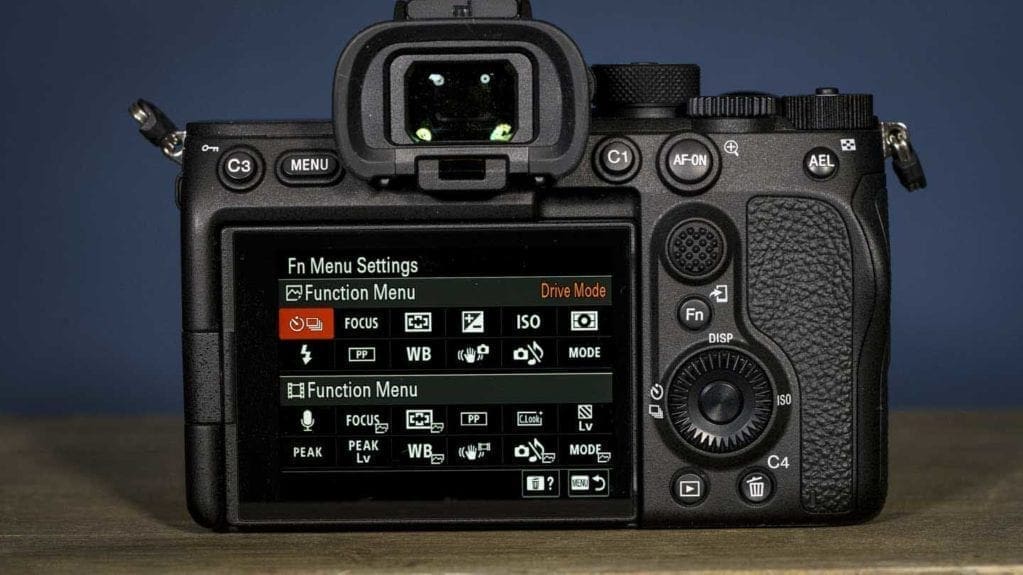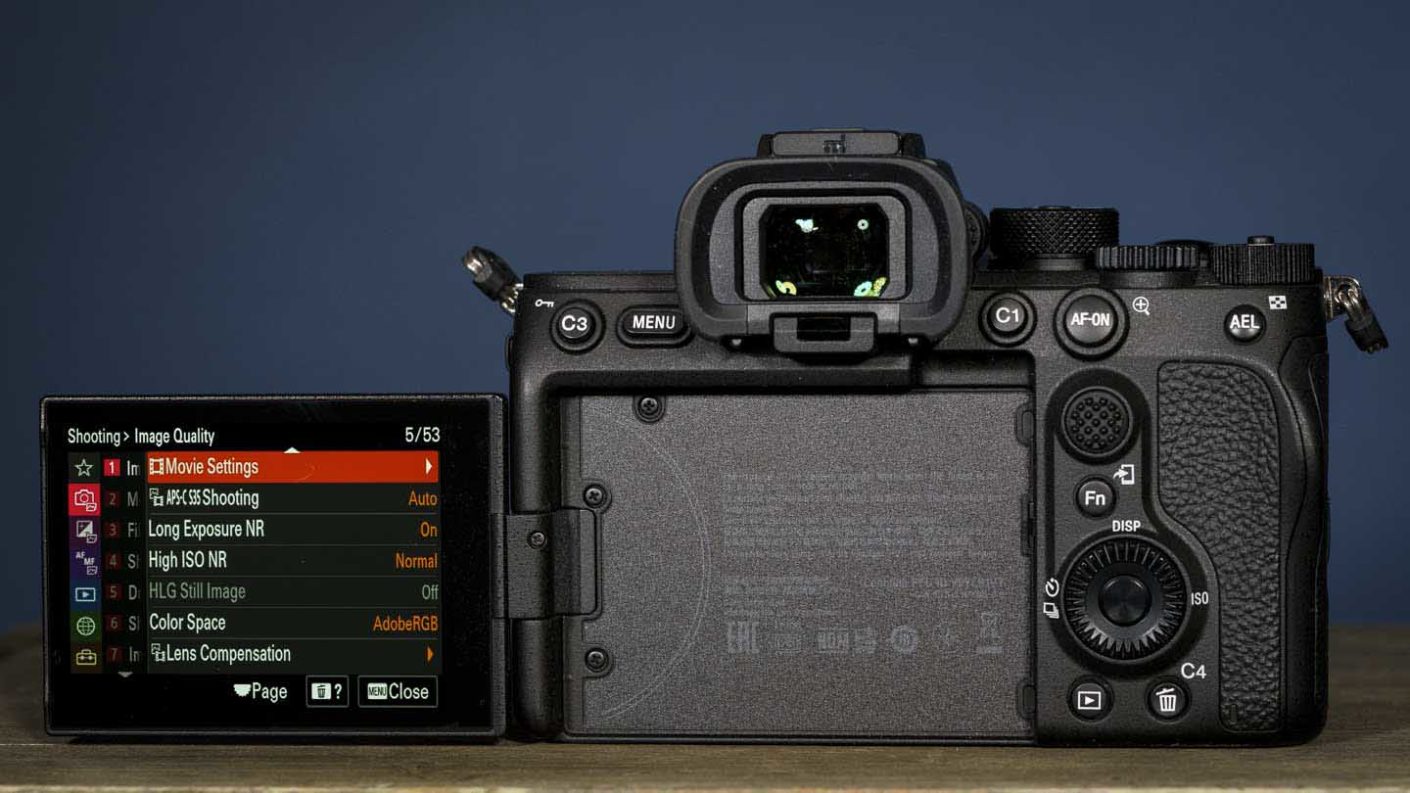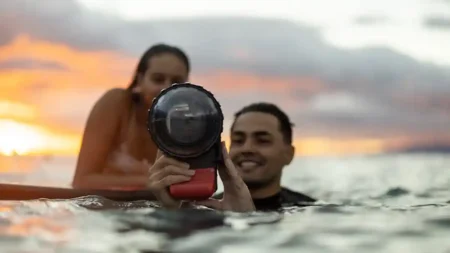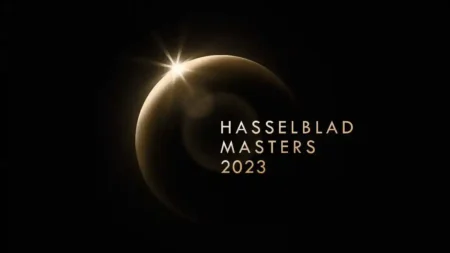Update: The Sony A7IV was announced on 21st October 2021, and we were amongst the first to get hands-on with it. Follow the link to read our early Sony A7IV review with full-resolution sample images.
Sony launched the Sony A7 III in February 2018, which means it’s over three years old. And while we were kept waiting for longer than that for the Sony A7S III, the A7 III is in a more mainstream area of the camera market with greater competition, so I think we could see Sony introduce a replacement for it sooner rather than later. Hopefully this year, maybe even this month.
And the name for the A7 III replacement? The Sony A7 IV, aka Sony Alpha 7IV, is a dead cert.
I’ve been giving some thought to the likely specification of the Sony A7IV and what features I’d like it to have. There are a few things that I’ve been asking for from Sony for a long time and the 12Mp video-centric Sony A7S III and 24Mp entry-level full-frame SonyA7C have delivered some of them. Consequently, I think there’s a strong possibility that we will see some exciting changes made for the A7IV.
So here’s what I think the Sony A7IV will offer:
Vari-angle screen
Although it introduced touchscreens on its A7 cameras a while ago, Sony was very resistant to making much use of it. It also stuck with tilting screens rather than vari-angle screens for ages.
Thankfully, both of these things changed with the A7S III. The touch control on the A7S III and the more recent top-end Sony A1 makes a big difference to their handling. Instead of repeatedly pressing on buttons, you can just tap on the screen to make a change. It’s a much quicker and more intuitive way to navigate a menu and make setting selections.
Having a vari-angle screen also makes a huge difference when you’re composing vertical or portrait format images above or below head height. A standard tilting screen is great if you’re shooting landscape format images or video, but that single hinge doesn’t help at all with portrait format images.
Combining a more versatile screen with greater touch control speeds things up and makes creative photography easier.
Interestingly, Sony gave the A7C a vari-angle screen but it stuck with the limited degree of touch-control. However, the A7C is an entry-level full-frame camera while the A7IV is a more mid-range, all-rounder and aimed at enthusiast photographers, I think it’s more likely that it will employ Sony’s most recent new features.
That said, the top-flight Sony A1 has a tilting screen rather than a vari-angle screen. This may be because the tilting mechanism is more durable and better suited to a professional-level camera. The versatility of a vari-angle screen may make it a better bet for the A7IV.
Of course, a 3-way tilting screen like is coming on the Nikon Z9, combines the best of both worlds, and while it would be nice to see that on the Sony A7IV, I think it’s unlikely.

Menu
Sony didn’t stop at giving A7S III’s screen a new hinge joint and making more use of its touch sensitivity,it also revamped the menus that the screen shows. The main menu items are more sensibly grouped with tabs and features arranged in columns and the settings available for the highlighted feature being visible without needing to press a button. It makes finding what you want much easier.
This new menu arrangement also appeared on the A1, but not the A7C, I’m keeping my fingers crossed that Sony uses the new layout for the A7IV – I think it will.

The Sony A7SIII and A1 also have two customisable Function menus, one for stills and the other for video shooting. Again, that makes using the camera that bit easier, especially for someone who wants to swap between stills and movie shooting on a frequent basis.
Fingers crossed Sony carries this over to the A7 IV. To be honest, I think the company would be mad not to.
Sensor
Normally when I’m writing about a camera’s specifications, the sensor is at right at the top of the discussion, but I’m actually more interested in the handling changes that the Sony A7IV is likely to introduce rather than its sensor.
I’d be happy if Sony continued with a 24Mp full-frame sensor with a bit of a refresh along with an update to the processing engine to enable an improvement in the image quality at the higher sensitivity settings. However, there are rumours circulating that Sony will push the resolution up a bit and I think that there’s a fair chance that the leading sensor manufacturer will have something enticing up its sleeve. A 30Mp or 36Mp BSI sensor seems a good bet, I think it’s extremely unlikely that we’ll see anything as high-resolution as a 50Mp chip, that’s reserved for the A1, but I wonder if we might see it in the Sony A9III?
Video
The Sony A7 III is a very capable video camera but its 4K frame rate tops out at 30p. I think we’ll see that pushed to 60p in the A7IV, making it more attractive to anyone wanting to shoot 2x slow-motion footage.
Similarly, the maximum frame rate for Full HD footage on the A7 III is 120p, perhaps this will stretch to 240p on the A7 IV?
I also want to see Real-time Eye AF for humans and animals in video mode with a greater range of animal eyes being detected. I’d also like to be able to set the Sony A7IV to look for any eyes in the frame rather than have to switch between Animal and Human via the menu.
Those high frame rates and the video Real-time Eye AF will demand some serious processing power, but I anticipate a processor upgrade for the A7IV. This needs to be backed with fast file transfer to the card. With that in mind, I think the A7 III’s dual cards slots will be upgraded to be UHS-II and CFexpress Type A compatible in the A7IV.
Viewfinder
If Sony wants to keep pace with the competition it will have to upgrade the viewfinder in the A7 IV to at least a 0.5-inch type 3.69million-dot unit to be on a par with the likes of the Nikon Z6 II and Nikon Z7 II.
Similarly, the 3-inch screen on the back of the camera should have a jump in resolution from 921,600-dots to at least 1,440,000-dots. Sony used a 1,440,000-dot screen on A1, which seems a little at odds with the camera’s flagship status but is perfectly adequate for an enthusiast-level camera.
Sony A7 IV Price
When Sony launched the A7 III, its price really put the cat amongst the pigeons. It caused other manufacturers a lot of heartache. It currently retails for around £1,699 / $1,998, attractively beneath the £1700 / $2000 mark. I think it’s unlikely that Sony will be able to offer quite such an attractive price when the A7 IV comes along, but I reckon it will try to dip just under the £2,500 / $2,500 bar.
To date, Sony has been quite aggressive with its pricing and feature set, but the market continues to evolve and both Canon and Nikon have made significant strides in the full-frame mirrorless market since the A7III was announced. The A7IV needs to impress and be attractively priced for Sony to continue its growth.




So I will pay 2500 euros and if i want to look at my tv (8k) the image from my brand new pro camera will have fewer megapixels than what’s needed for my 2200 euros TV.
Usually cameras had way more megapixels than what was needed for a TV.
Sony A7IV should have minimum 36 mp, 50 more likely.
And A9III 36/50 stacked sensor.
50mp is the new 24mp now.
high MP sensors are reserved for non-photography-oriented professional uses, where more detail is necessary. they are not preferred for conventional photography because they introduce excessive detail and other issues like aliasing.
Why would anyone need a 8K tv? Nobody will be able to tell the difference between that and a 4K TV unless your viewing distance is less than 1 metre or so.
For a7M4, I would not mind staying at 24MP if it is designed with an upgraded processing engine. It is ridiculous to just follow the resolution hype. There is a balance in everything. As a matter of fact, so many people find the subsequent size of the image file produced by yokes like a7RM3, not to mention a7RM4, a financial burden since it makes a ripple effect on the performance of the PC, USB and LAN. Staying at 24MP also helps Sony to differentiate the a7R range.
Instead, these are the areas I hope that Sony addresses for the next generation:
Our thinking is pretty much aligned. Good point about the colour of the active AF area.
Minimum 30 MP’s, 4K 60 fps 10 bit and much better IBIS.
only only 60 p in 4k and 422 10 bits only only
The more megapixals the more memory and the larger the files.
Unless you intend to blow up your shots to poster size why do you need it?
And the larger the sd cards and the hard disks that you have or you will have in the future. Higher megapixels allows you to crop more something very useful for portraits, wildlife, airshows or if you want to use aps-c lenses. Otherwise i see no reason to upgrade from A7 iii. People used to say the same things in the past with 16 mp’s cameras.